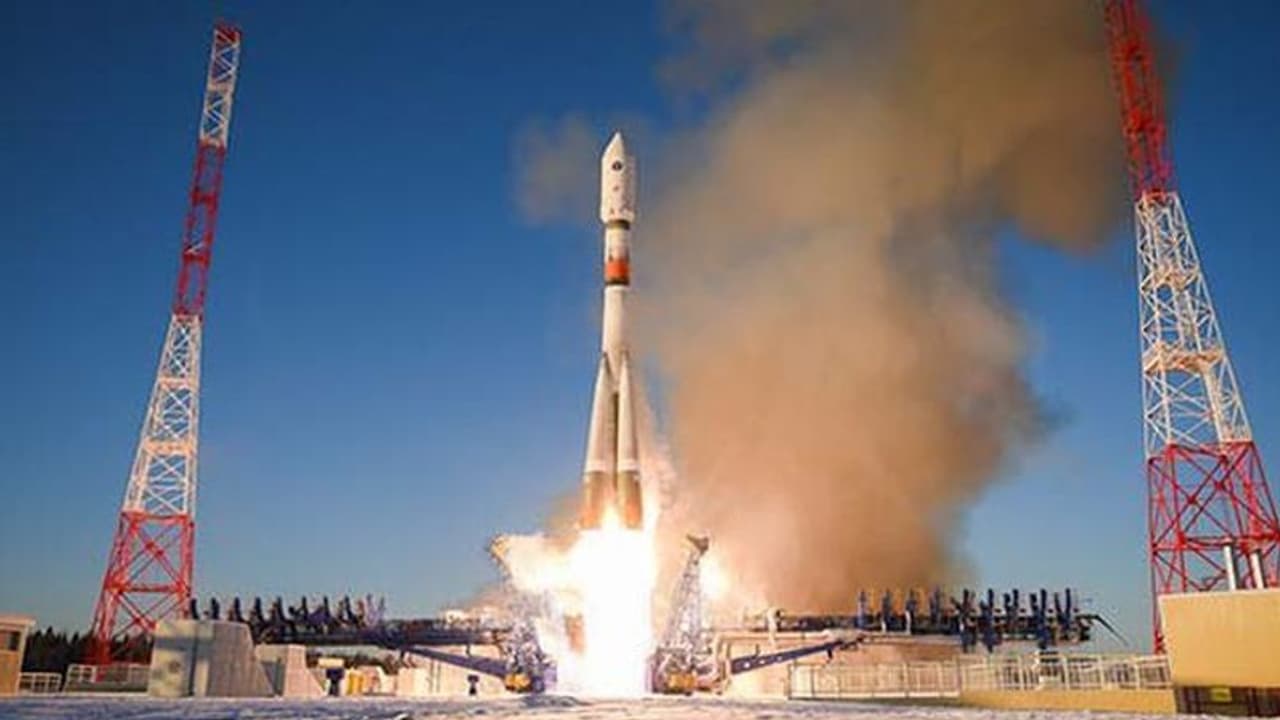Unlike previous missions, Luna-25 targets a landing in the moon's southern polar region by August 21. The probe, made entirely in Russia, carries instruments to analyze lunar soil and minerals.
Luna-25, the first Russian mission to the moon since 1976, was launched from the Vostochny spaceport in the Amur Region early Friday morning. Its objective is to make a landing in the southern polar region of the moon by August 21. Unlike past missions that landed in the equatorial area, Luna-25 is aiming for the challenging southern polar region. If the landing proves successful, it would make history by arriving two days ahead of India’s Chandrayaan-3, both aiming for their respective first lunar landings in the rugged polar landscape.

An interesting feature of Luna-25 is that it's the inaugural moon probe built entirely with domestic Russian components in modern times. The USSR previously conducted 24 official ‘Luna’ missions spanning from September 1958 to August 1976.
Luna-25's primary objective is to conduct scientific investigations in the moon's southern polar area. The probe is equipped with instruments designed to analyze lunar soil, plasma, and dust for the presence of rare minerals. The intended landing site is close to the Boguslavsky Crater, and the mission is planned to extend for one year.
According to Roscosmos, the mission's critical initial phase will span nine minutes, starting from launch and concluding with the separation of the Fregat module (carrying the probe) at the third stage. The module is expected to fire its main engine twice to set Luna-25 on its trajectory to the moon.
The journey itself is anticipated to last five days, with two mid-course corrections. The final phase, spanning about three days, will place the probe in a circular orbit approximately 100 kilometres above the lunar surface.
During the fourth phase, Luna-25 will transition to an elliptical landing orbit, reaching a minimum altitude of 18 kilometres before conducting a gentle landing in the moon's southern polar region.
Meanwhile, India's Chandrayaan-3 mission, launched in July, is currently in lunar orbit and is also aiming for a polar landing by August 23. India's space agency, ISRO congratulated its Russian counterpart, Roscosmos on the successful launch.
The Soviet Union's lunar program achieved several historic milestones with the Luna probes.
* Luna 1 was the first spacecraft to exit the Earth-moon system in January 1959.
* In September of the same year, Luna 2 became the first human-made object to reach the moon.
* Luna 9 achieved the significant feat of performing a successful soft landing in February 1966
* Luna 10 became the moon’s inaugural artificial satellite that March 1966.
Although the US was behind the Soviets in orbital exploration, it claimed the first manned moon landing with Apollo 11 in July 1969. The Apollo program concluded in December 1972. The last Soviet lunar mission, Luna 24, brought lunar soil samples back to Earth for study in August 1976.
